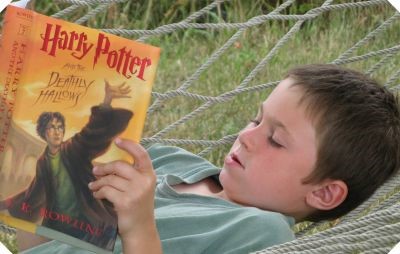
For the child who learns differently, the right Spring or Summer reading program can change a child’s life. Can you relate to a few of these challenges:
- You are incredibly frustrated. Despite previous interventions, the problems persist
- Dyslexia may be an issue, but there appears to be a lot more going on
- Your child’s reading comprehension is well below their intelligence level
- This might be a bright or even gifted child whose reading comprehension is at grade level, but who should be well above grade level, or
- A child whose reading comprehension is below grade level
- Spelling and difficulty mastering math facts is an ongoing challenge
- Reading avoidance — your child may enjoy being read to, but avoids reading books
- Your child’s academic results are well below what you expected
- You believe your child learns differently, but you are not sure how to capitalize on his or her strengths
Does Your Smart Struggling Child Learn Differently?
The first step we recommend is to use our screening tool to see if your child learns differently — and is what we call a right-brain, visual spatial, or kinesthetic learner, who learns best when he or she sees and experiences information. Discovering two of our four children learned differently and developing a strength-based program changed our kids’ lives, and it has helped thousands of other parents to identify and capitalize on their child’s strengths. To access this tool, open this in another tab — and do this with your child. Their answers may surprise you.
What Differentiates 3D Learner?
Whether your child is in elementary, middle school or high school, the work next year will be much harder. The time to close the gap is often now.
7 Factors that Differentiate The 3D Learner Program:
- We have been there with two of our four children and thousands of other students. Many of whom have become much more successful in school and in life. The quality of our team is a big differentiator.
- We identify and capitalize on your child’s strengths. Our program works best for a child who learns differently. Specifically, the child who learns best when they see and experience information.
- We assess for and address challenges with attention, working memory, processing speed, visual processing, reading fluency and reading comprehension
- Our hands-on clay-based approach is engaging and effective. It allows us to improve your child’s spelling, vocabulary, word recognition, mastery of math facts, And strengthens fine motor skills!
- We significantly improve your child’s reading fluency and reading comprehension and our students end up enjoying reading on their own
- Our parents often see significant improvements in academics, attitude, processing skills and in sports, dance, the martial arts — or another activity you want us to focus on
A few 3D Learner Successes:
In one case we helped a student get into a prestigious private school, when a psychologist had told the parents not to even apply. The student later became the class valedictorian and graduated from Harvard. The mom said,
“You changed his attitude and that was 90 percent of the battle”, KF Boca Raton
In another case, we helped a third grader to make 3 years gain in his reading comprehension and his teacher said,
“T made more significant gains in a year than any student I have had in 25 years of teaching”, M Morris, MD.
A rising 9th grader came with an attitude. After seeing his assessment results, he realized he was a lot smarter than he had thought he was. Within less than 4 months, he improved his reading comprehension 4 grade levels, improved his reading speed from 200 to 360 words per minute and he went from a B- student to an A student.
If you are interested in discussing a Spring or Summer Reading Program, to improve your child’s reading fluency, reading comprehension and more
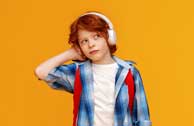
We have often been asked to compare the 3D Learner Program, including UFLI, with Orton Gillingham, a well-accepted systematic phonics-based program. Below is what ChatGpt offered. The only two changes we made were that we identify and address visual processing issues, and we provide parent training.
Now that the 3D Learner Program includes UFLI (University of Florida Literacy Institute), it has incorporated a structured, research-backed phonics approach alongside its visual-spatial learning strategies. This changes the comparison with Orton-Gillingham (OG) because both now include systematic phonics instruction but still differ in delivery, philosophy, and additional skill-building focus.
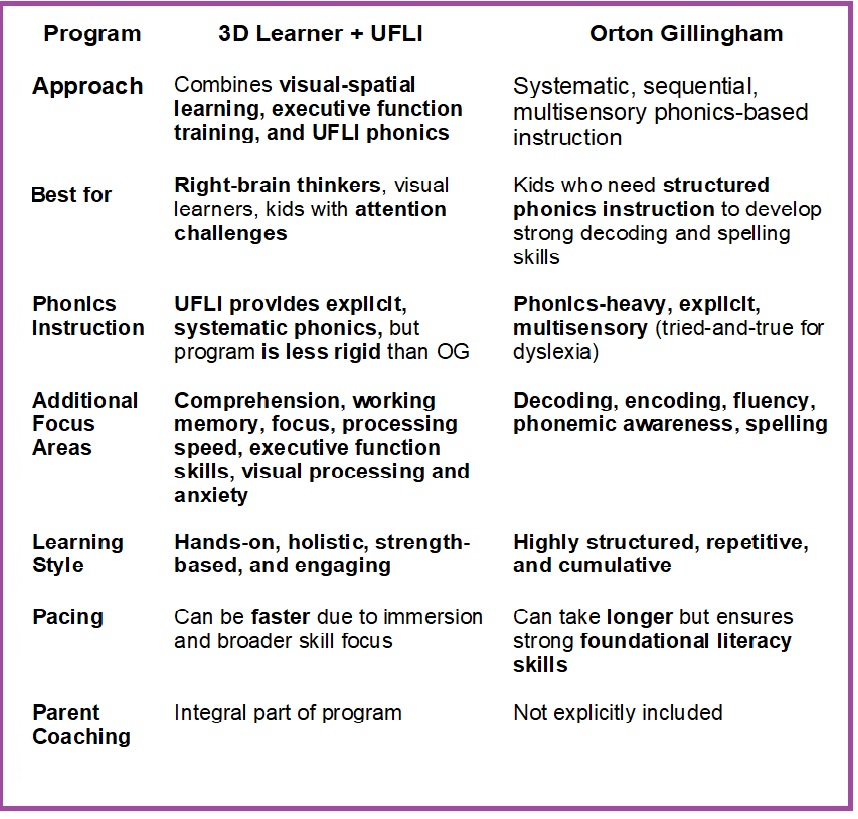
Why Would a Parent Choose One Over the Other?
Choose 3D Learner + UFLI If:
✅ Your child is a visual learner, a kinesthetic learner or visual-spatial learner and struggles with traditional phonics-based approaches.
✅ Your child has attention issues, processing challenges, or executive function deficits that need support.
✅ You want a faster, more immersive approach that also develops comprehension, memory, and confidence.
✅ You want phonics instruction (via UFLI) but also a whole-child approach.
✅ You want parent coaching to be the coach and advocate your child needs.
Choose Orton-Gillingham (OG) If:
✅ Your child needs explicit step-by-step phonics instruction with lots of reinforcement and repetition.
✅ Your child struggles primarily with decoding, spelling, and phonemic awareness and does well with structure.
✅ You want a long-term, proven, research-backed program focused solely on reading and spelling skills.
✅ Your child thrives in a predictable, highly structured learning environment.
Which works best for a student with dyslexia, who is a visual learner or a kinesthetic learner, with problems with reading comprehension, attention, visual processing and anxiety.
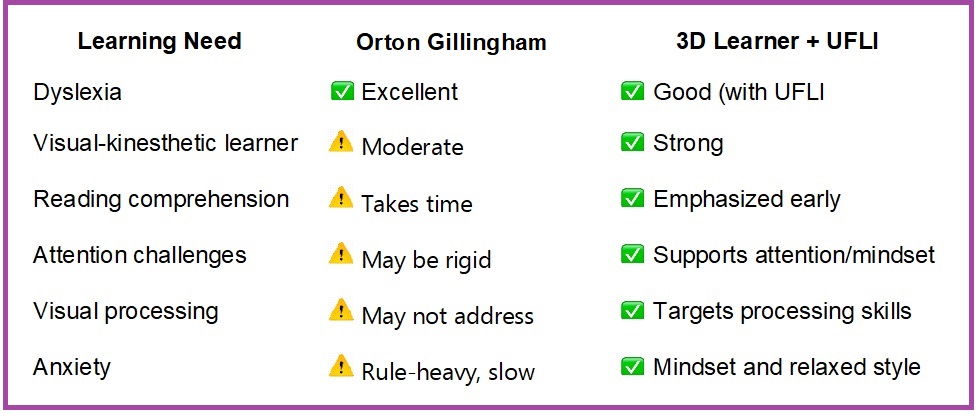
If you would like to discuss what 3D Learner offers,
you can either call us at
561-361-7495 in Florida,
919-371-5295 in North Carolina,
or schedule a call with us at Let’s Discuss Your Specific Challenges.
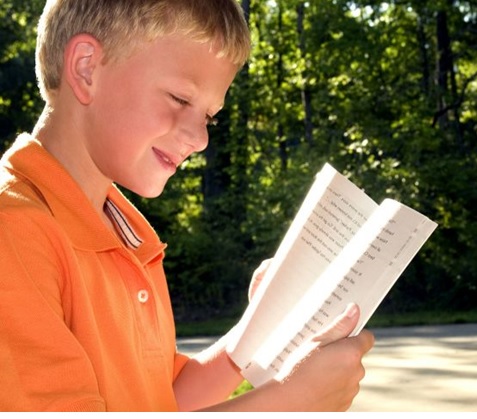
Summer reading programs are often considered, but we want to add our perspective. We believe the best time to intervene depends on your specific situation. There are times when a summer reading program is right, when acting now is better or when it is right to wait until next year
Summer Reading Program
Summer reading programs have helped many students to make significant gains in their reading fluency, reading comprehension and executive function skills.
This summer 3D Learner will continue to offer our core 3D Learner Program ®– an individualized comprehensive program to help your child succeed.
Based on demand, we will also offer a group summer reading program for 3rd graders, 4th and 5th graders as well as middle school students. If you are interested, let’s talk Give us a call at 561-361-7495
There are a few cases when a summer program might not be ideal:
- When your child is going to summer camp away from home
- When your child is going to a full day day camp — and they are probably too tired to benefit from intensive training
- When your family is doing extensive travel
Acting now is probably right when there is an immediate need to:
- Beat third grade retention or some other grade retention
- Get into a private school
- Your child has the time to commit to make the difference now and you want them to make significant gains before the next school year
- To prepare your child for middle or high school, when their summer is filled with other activities.
When to Act Now
For students entering 4th grade, middle school or high school, the work next year will be much harder. The time to close the gap is often now.
Beating third grade retention or other grade retention is best addressed as soon as possible. In many cases, one can avoid grade retention before the program is completed and then get your child to grade level or above before the next school year.
With vouchers becoming more prevalent, private schools are raising their standards. Parents are finding it harder to get into private schools or to stay in a more demanding school. We have helped a number of students both get into a rigorous school and succeed and one stay in a private school.
In one case we helped a student get into a private school, when a psychologist had told the parents not to even apply. The student later became the class valedictorian and graduated from Harvard. The mom said,
“You changed his attitude and that was 90 percent of the battle”, KF Boca Raton
In another case, we helped a third grader to make 3 years gain in his reading comprehension and his teacher said,
“T made more significant gains in a year than any student I have had in 25 years of teaching”, M Morris, MD.
With Vouchers — The Rare Case of Waiting Until Next Year
Vouchers are providing many families with the needed funding to afford interventions. Often the money has been spent for this year, or a child will not get the voucher until next year. If you are in this situation, it may help to have a conversation to discuss alternative strategies.
If you are interested in discussing a Summer Reading Program,
acting now or discussing a strategy for next year,
call 3D Learner at 561-361-7495 or
click here to schedule a time to discuss how to help your child succeed.

Most smart struggling students learn differently. They go by different labels, which are quite similar
- A visual-spatial learner learns best when they see and experience information
- The right-brain learner often is creative, a good problem solver and thinks in 3D, the challenge is their left-brain is often weaker
- The neurodivergent learner is a newer label that in many cases, the students we have seen, resembles the visual-spatial or right-brain learner
Most right-brain, visual-spatial or neurodivergent learners are more likely to struggle with social-emotional issues, because they see the big picture- and become overwhelmed and do not know where to start…so they freeze. Their challenges might include:
- Their academic performance is often far below their potential
- Most remediation work focuses on their challenges and
- They often lose confidence in themselves and may say they are “stupid” or “not as smart as others”, when in fact they have some real gifts
Click here for a no cost screening tool to see if your child is a
right-brain, visual-spatial or neurodivergent learner
If you would then like to discuss your specific situation,
give us a call at 561-361-7495 or click here to schedule a time to discuss
“What you have discovered about your child”
Am I not as smart as others ? OR
OR
Am I a gifted visual-spatial right-brain learner?
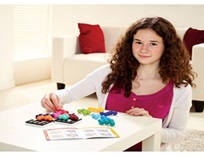
While only 15 to 20% of the population has a visual processing issue, the right-brain visual-spatial learner is much more likely to have the issue — closer to 75%. From a child’s standpoint, this too has a negative social-emotional impact as they may
- Struggle to catch a ball or be clumsy, and think they do not ”fit in”
- Skip words and lines when reading
- Make what others call “stupid” mistakes on math tests as they miss signs, misalign their numbers and struggle to get the right answer
What really frustrates us is that people will too often say that this issue is not real or that one should just have accommodations – because any treatment is prohibitively expensive.
The good news is that when you teach a child the way they learn best and identify and address their visual processing issue — they can often do far better.
We also have a much more affordable option to improve visual skills.
From a kid’s perspective, they will often see improvement in reading, math and sports — with a real boost to their confidence and self-esteem.
The Challenge Parents Face
From a parent’s standpoint, you may or may not know if your child is a right-brain visual spatial learner or whether they have visual processing issues.
We recommend that you do both of these yourselves and then ask the same questions to your child. Their answers may surprise you.
Below are two screening tools you can use to see if:
1- Your child is a right-brain visual spatial learner and
2- If your child has a visual processing issue
If you would then like to discuss your specific situation,
give us a call at 561-361-7495 or click here to schedule a time to discuss
“What you have discovered about your child”
Note, we have seen right-brain visual spatial learners make 2., 3 and even 4-year gains when one capitalized on their strengths, identifies and challenges and reduces their anxiety, while boosting their confidence

There is growing evidence that attention, anxiety, and dysregulation issues in children are increasing, and in many cases, the symptoms are becoming more severe. Factors like increased screen time, reduced physical activity, academic pressures, environmental stressors, and even post-pandemic effects on social and emotional development have been linked to this trend. Studies also suggest that these issues may often co-occur with neurodevelopmental conditions such as ADHD, autism spectrum disorder (ASD), or sensory processing difficulties as well as in highly gifted kids.
Too often the problems get worse and a child’s behavior at school becomes the big issue. What lies beneath is often missed or ignored.
In this blog post, we want to share:
- A brief description of attention, anxiety and dysregulation
- 7 strategies every parent can use to address these issues
- How 3D Learner can help your child to address attention, anxiety and dysregulation issues with the use of the Interactive Metronome ®, the Safe and Sound Protocol ® and our student and parent coaching
If your child would benefit from improved attention and a reduction in anxiety and dysregulation, give 3D Learner a call at
561-361-7495 or 919-371-5295
or click here to set-up a no cost conversation on
How to Address Attention, Anxiety and/or Dysregulation for your child
Attention, Anxiety and Dysregulation issues described
- According to Dr. Thomas Brown, an internationally respected ADHD expert, “Inattention is the inability to pay attention to that which is boring”. He went on to add that it is often the child who can hyperfocus on something they enjoy for hours but has trouble paying attention to that which is boring or frustrating. Kids are engaged in video games, using their hands, eyes and ears; they can hyperfocus on playing those games.
- Anxiety is often an invisible condition, where the child feels anxious in specific situations. There are often multiple triggers that cause anxiety to worsen
- Dysregulation is when a child becomes overwhelmed or over stimulated and loses control of their emotions. These episodes can often worsen over time if they do not learn what triggers it or how to self soothe or regulate their emotions.
7 Strategies to address attention, anxiety and dysregulation
- Increase physical activity. As Dr. Daniel Amen, a psychiatrist suggests, “An hour of physical activity is better than any medication I can prescribe”
- Consistent schedule that includes quiet time and a good night’s sleep. This may be 8 or 9 hours
- Hydration and healthy eating. Teaching kids to consistently sip water will help students maintain focus. Intake of a healthy diet that includes a lot of protein is essential
- Music lessons, sports, martial arts training or similar activities that promote brain integration help regulation
- Doing brain integration exercises — as shown in this short video
- Less screen time for the entire family. Create a daily “screen – free” time
- Being a calmer parent who keeps your cool and provides clear and positive instructions — using visual aids, when needed and LESS WORDS using a lower voice.
The Role of the Interactive Metronome (IM) and the Safe and Sound Protocol (SSP)
Many 3D Learner students have challenges with attention, anxiety and/or dysregulation. Many of our parents want a natural and effective option to improve attention, reduce hyperactivity and impulsive behavior and to reduce outbursts
Both the Interactive Metronome (IM) and the Safe and Sound Protocol (SSP) are evidence-based, neurotherapeutic tools designed to improve attention, self-regulation, and overall sensory and cognitive processing.
1. Interactive Metronome (IM)
The Interactive Metronome is a computerized training program that improves timing, rhythm, and coordination. It is based on the principle of neuroplasticity, using auditory and visual feedback to improve the brain’s timing and synchronization. This has significant effects on attention, self-regulation, and motor planning.
How it Works:
- Children perform repetitive, rhythm-based motor tasks (like clapping or tapping) to a metronome beat.
- Feedback (in the form of sounds or visuals) helps correct timing errors.
- By improving neural timing, IM enhances the brain’s ability to process information efficiently.
Benefits for Attention and Regulation:
- Improves sustained attention by enhancing the brain’s ability to filter out distractions.
- Enhances working memory and processing speed, critical for tasks requiring focus.
- Boosts self-regulation, as better brain synchronization helps children manage impulsivity and emotional responses.
- Can improve motor coordination, which often overlaps with self-regulation and sensory integration challenges.
- Improved athletic, dance and martial arts skills
Here is a video showing how the Interactive Metronome works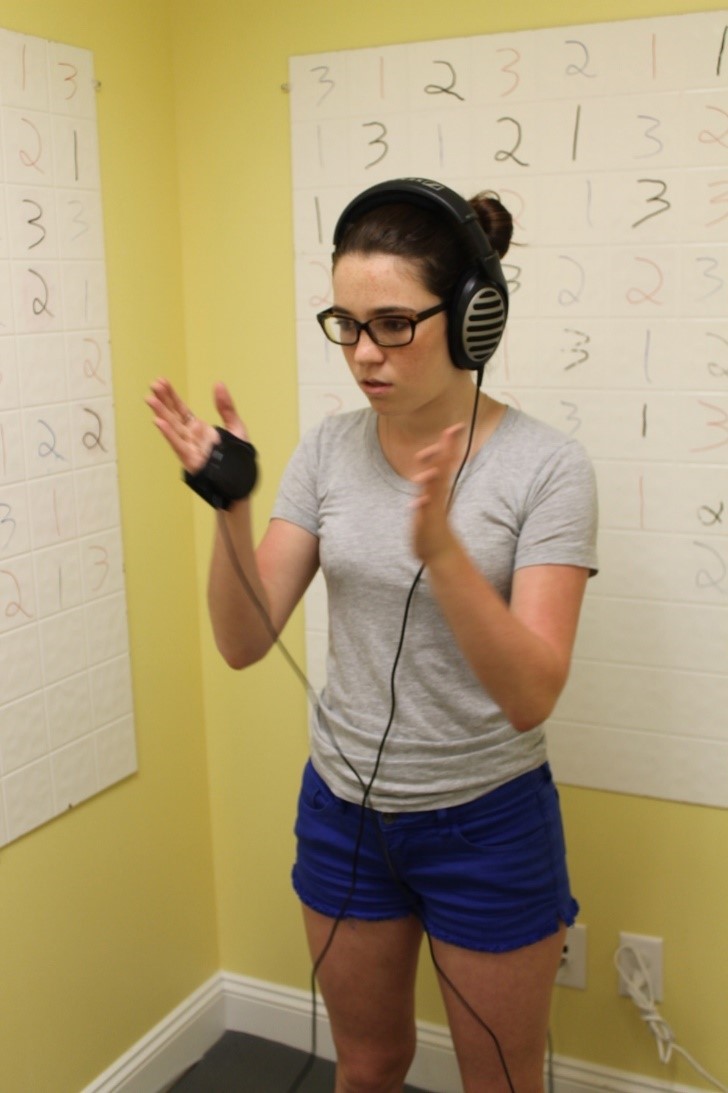
2. Safe and Sound Protocol (SSP)
The Safe and Sound Protocol, developed by Dr. Stephen Porges, is a therapeutic listening intervention based on his Polyvagal Theory. It uses specially filtered music to calm the autonomic nervous system, improving self-regulation and social engagement.
How it Works:
- Children listen to music that has been specifically engineered to target the vagus nerve, a key component of the parasympathetic nervous system.
- The music reduces the “fight or flight” response, helping the child move into a calmer, more regulated state.
- SSP targets auditory hypersensitivities and improves the ability to process social cues.
Benefits for Attention and Regulation:
- Helps calm anxiety by reducing physiological arousal and hypervigilance.
- Improves emotional regulation and reduces meltdowns or shutdowns.
- Enhances the ability to focus, as children move out of a hyperactive or avoidant state and into a more engaged state.
- Improves auditory processing, which supports better listening, language comprehension, and communication.

Synergy Between IM and SSP
When used together, these tools can have a complementary effect:
- SSP helps children achieve a calm, regulated state, which primes the nervous system for learning and higher-level tasks.
- IM capitalizes on this regulated state to build cognitive and motor skills that support sustained attention, focus, and impulse control.
Case Studies and Outcomes
Studies and clinical reports show that children who complete programs using IM and SSP often demonstrate:
- Reduced anxiety and behavioral outbursts.
- Increased ability to stay focused on tasks in school or therapy sessions.
- Greater ability to transition between tasks and regulate emotions during challenging situations.
- Improved sensory processing, making them more comfortable in everyday environments.
If your child would benefit from improved attention and a reduction in anxiety and dysregulation, give 3D Learner a call at
561-361-7495 or 919-371-5295 or
click here to set-up a no cost conversation on
How to Address Attention, Anxiety and/or Dysregulation for your child
with the Interactive Metronome and/or the Safe and Sound Protocol

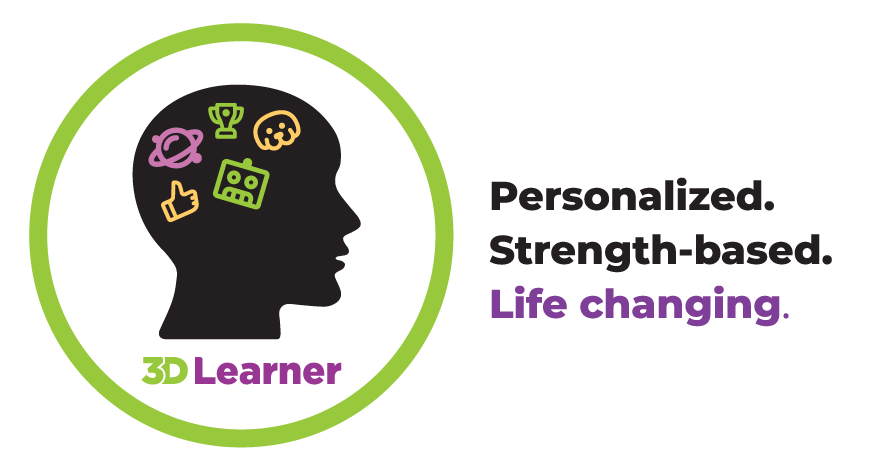
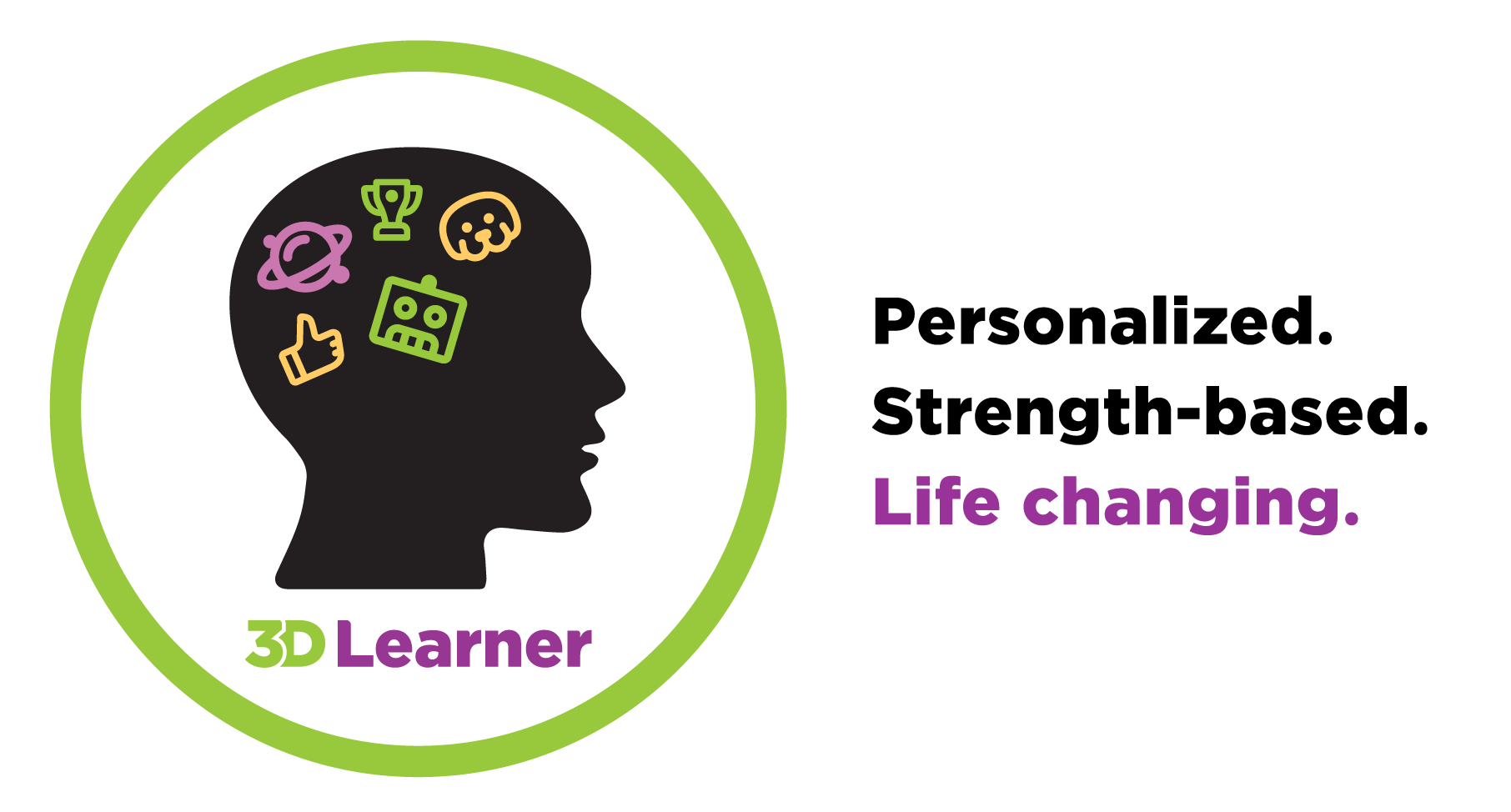





 OR
OR



Recent Comments